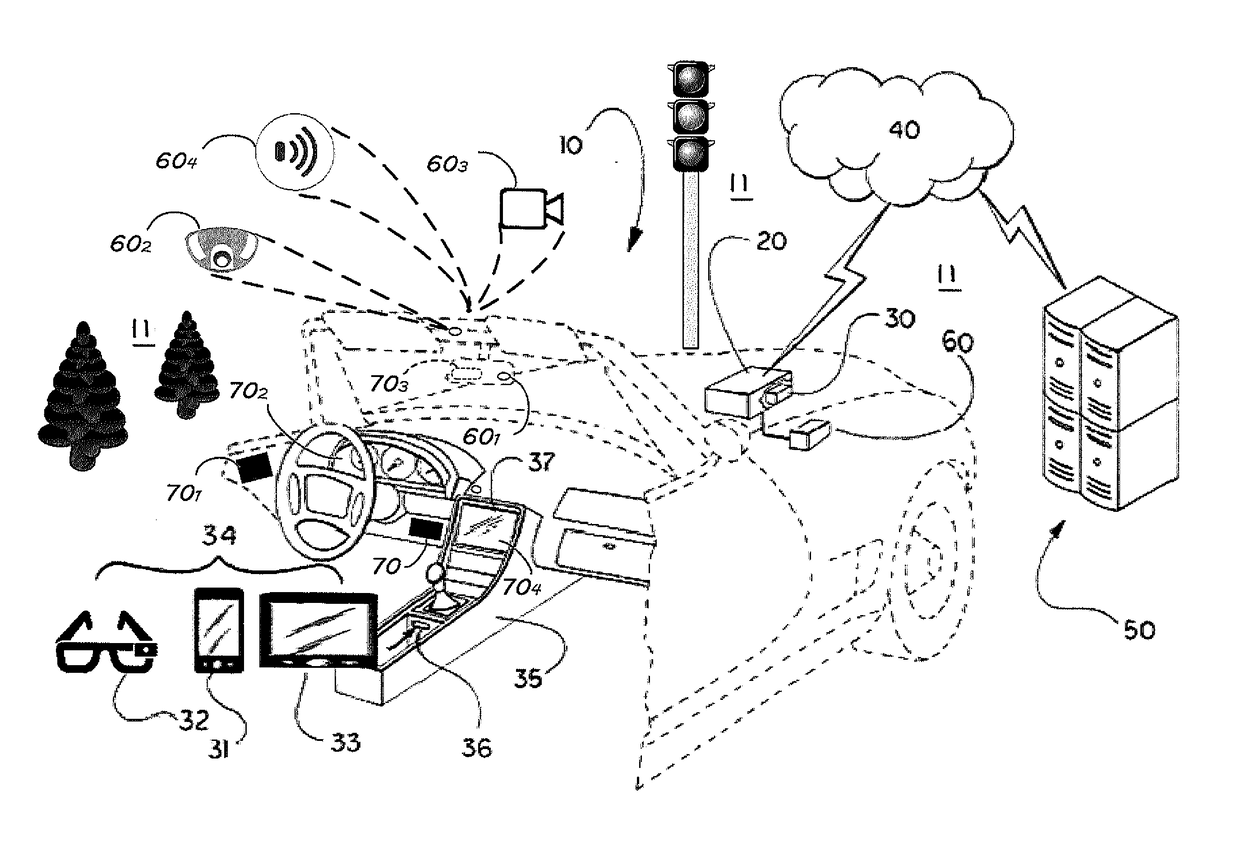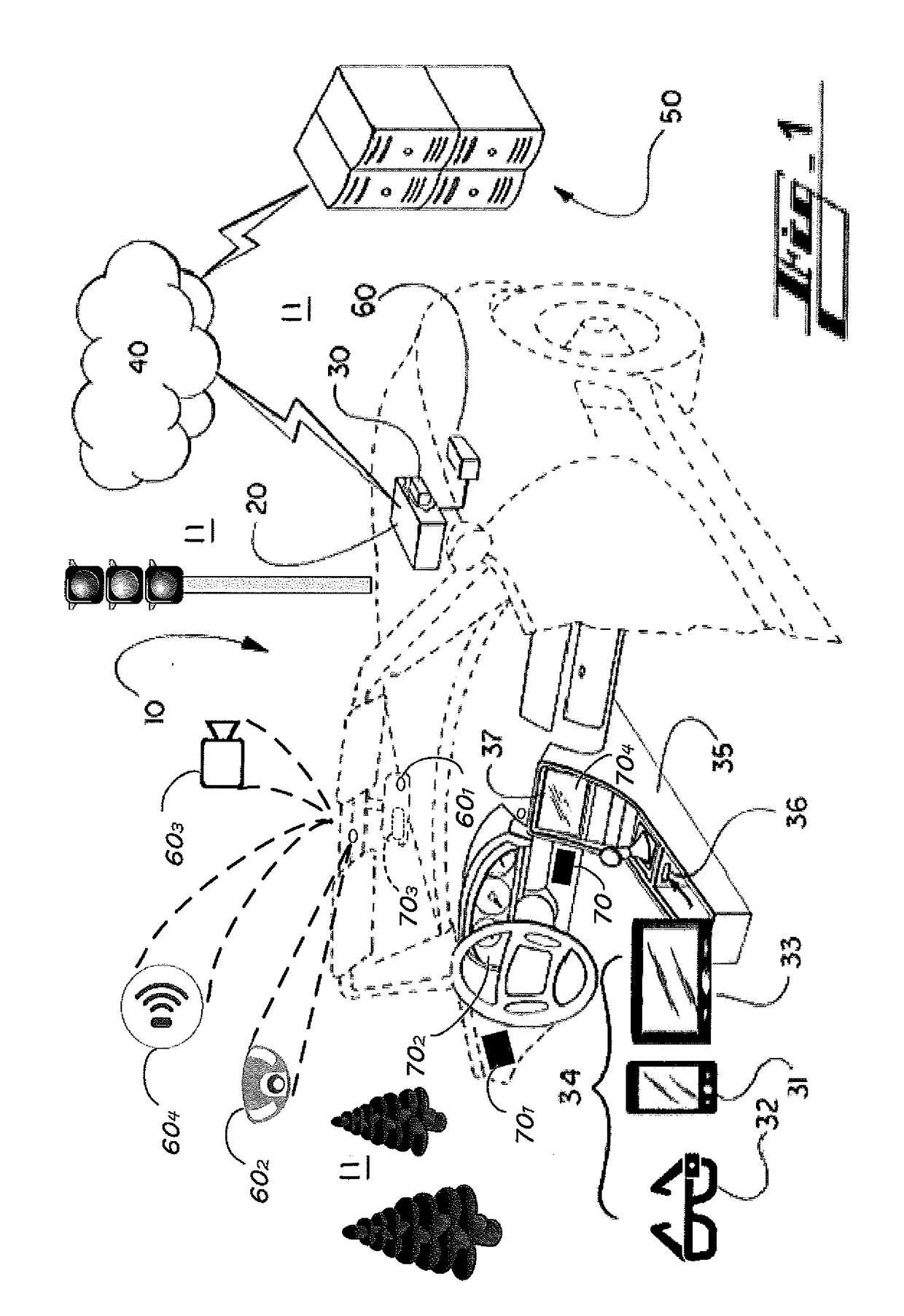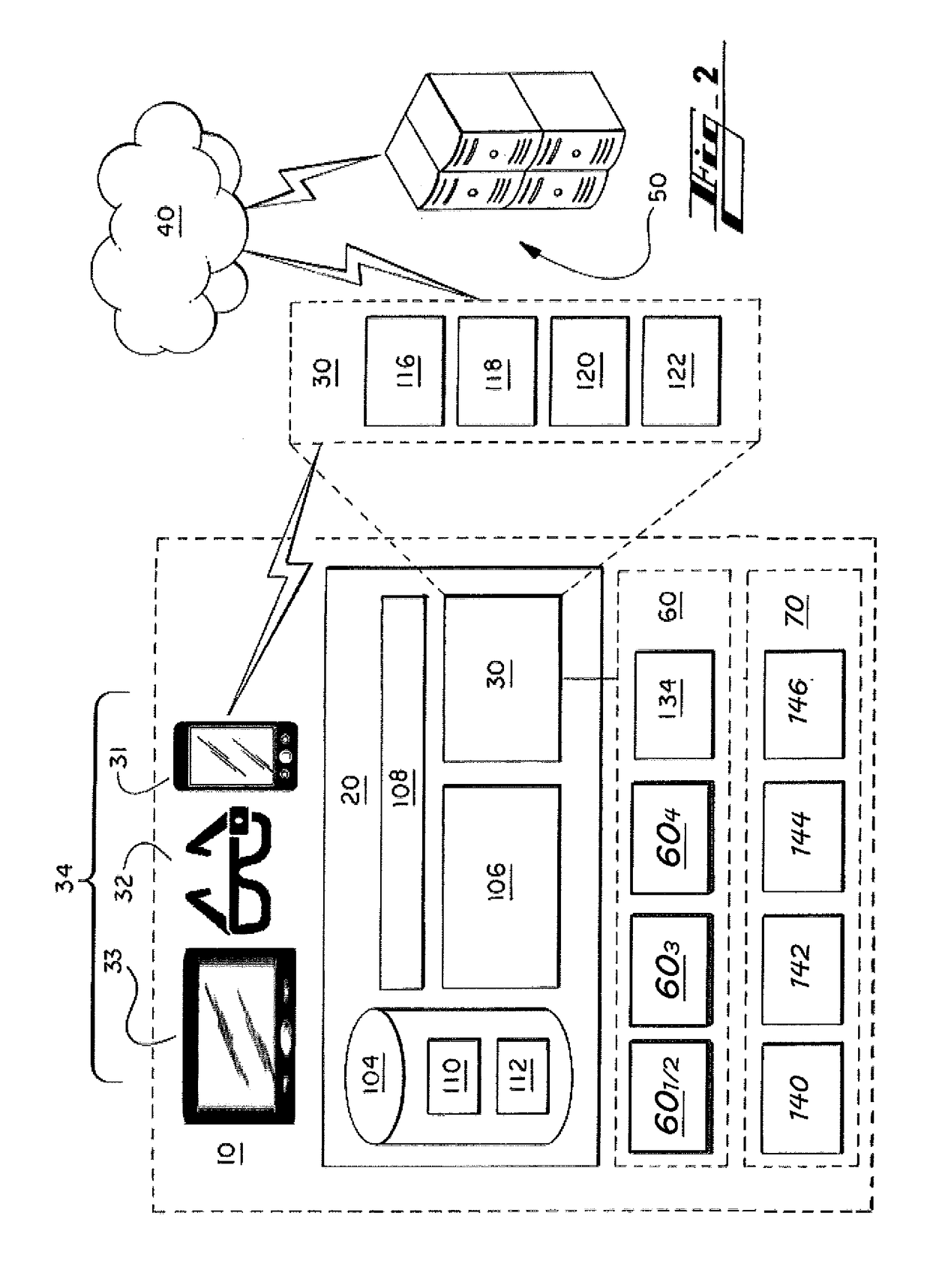System for intelligent passenger-vehicle interactions
a passenger-vehicle interaction and intelligent technology, applied in the field of vehicle systems, can solve the problems of user comfort and familiarity with autonomous driving functions that cannot be kept up, user's use of autonomous driving capabilities is reduced, and the level of satisfaction of users is relatively low, so as to achieve the effect of improving the level of satisfaction and reducing the level of use of autonomous functions
- Summary
- Abstract
- Description
- Claims
- Application Information
AI Technical Summary
Benefits of technology
Problems solved by technology
Method used
Image
Examples
example remote
[0075 systems 50 include a remote server (for example, application server), or a remote data, customer-service, and / or control center. A passenger computing or electronic device 34, such as a smartphone, can also be remote to the vehicle 10, and in communication with the sub-system 30, such as by way of the Internet or other communication network 40.
[0076]An example control center is the OnStar® control center, having facilities for interacting with vehicles and passengers, whether by way of the vehicle or otherwise (for example, mobile phone) by way of long-range communications, such as satellite or cellular communications. ONSTAR is a registered trademark of the OnStar Corporation, which is a subsidiary of the General Motors Company.
[0077]As mentioned, the vehicle 10 also includes a sensor sub-system 60 comprising sensors providing information to the controller system 20 regarding items such as vehicle operations, vehicle position, vehicle pose, passenger characteristics, such as ...
PUM
 Login to View More
Login to View More Abstract
Description
Claims
Application Information
 Login to View More
Login to View More - R&D
- Intellectual Property
- Life Sciences
- Materials
- Tech Scout
- Unparalleled Data Quality
- Higher Quality Content
- 60% Fewer Hallucinations
Browse by: Latest US Patents, China's latest patents, Technical Efficacy Thesaurus, Application Domain, Technology Topic, Popular Technical Reports.
© 2025 PatSnap. All rights reserved.Legal|Privacy policy|Modern Slavery Act Transparency Statement|Sitemap|About US| Contact US: help@patsnap.com



